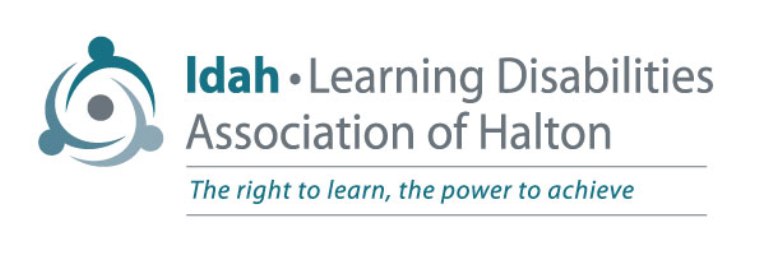What is ADHD?
Definition of ADHD (taken from SickKids):
Attention-deficit hyperactivity disorder (ADHD) is a common neurobiological disorder that can have serious consequences, including school failure, poor relationships, driving-related accidents, and other negative life outcomes. Hence, early identification and treatment is critical.
- ADHD affects 5-12% of the population or approximately 1 or 2 students in every classroom
- ADHD interferes with an individual’s capacity to:
- Self-regulate activity level (hyperactivity)
- Inhibit behaviour
- Attend to the task at hand (inattention) in developmentally appropriate ways
Definitions:
Hyperactivity: constant movement in chair, getting up and running around when other are seated; also may manifest as talking so much that other cannot get a turn
Impulsivity: acting quickly without thinking first
Inattention: frequent daydreaming, lost in another world when should be focused and concentrating, sidetracked by what is going on around them
How is ADHD Diagnosed?
Clinical diagnosis of ADHD is made by a health professional (i.e. clinical psychologist, psychiatrist, pediatrician, or general practitioner) based on criteria for the disorder listed in the Diagnostic and Statistical Manual – 4th Edition – Text Revision (DSM-IV-TR).
To assist in the diagnosis, information about the child is gathered from many sources (i.e. developmental history, interviews with parents and teachers, behaviour rating scales, review of performance, academic achievement, and language skills.
After a diagnosis, you should meet with your child’s teacher to:
- Discuss the treatment plan (what the doctor has suggested for your child).
- Explain the interventions (what professional services, i.e. psychologist; etc.) your child may be receiving.
- If intervention involves medication, explain the medication your child is taking and advise the teacher what to monitor at school (i.e. behaviour, academic performance, mood).
- Discuss changes in the classroom, including changes in teaching approaches and seat placement.
- Discuss what you can do at home to help your child.
Building Effective Communication Between Home and School
The symptoms, challenges, and successes associated with ADHD may change as your child gets older. Each year your child is likely to have one or more new teachers.
This means that it is important to re-build communication between home and school at the start of every school year. But, remember, once a year is NOT enough.
Effective home-school communication is:
- Regular – occurs more than once or twice per year
- Varied – takes many forms, both informal and formal, such as written notes, telephone calls, parent-teacher conference, casual corridor chats, daily log books
- Balanced – is about successes as well as challenges
- Takes action & useful – sets out goals and the steps to get there
Adults with ADHD
Let go of fear and take control of your life… We’ve got tons of great advice from top ADD/ADHD experts, lively and informative blogs, forums and videos, a pile of downloadable tools, and a shop full of great resources.
Find them here.
CADDAC
The Centre for ADHD Awareness Canada, is a national, non profit, umbrella organization providing leadership in education and advocacy for ADHD organizations and individuals across Canada. CADDAC is committed to increasing the understanding of ADHD, therefore decreasing the stigma of ADHD by providing up-to-date scientific information on Attention Deficit Hyperactivity Disorder. As a national ADHD organization, CADDAC takes a leadership role in the advocacy of ADHD in all areas that affect people with ADHD, including education, health, support, employment, regulatory bodies and resources. CADDAC strives to network with government, professional organizations, health care providers, educators and all other stakeholders to improve the lives of people with ADHD.
Find them here.


